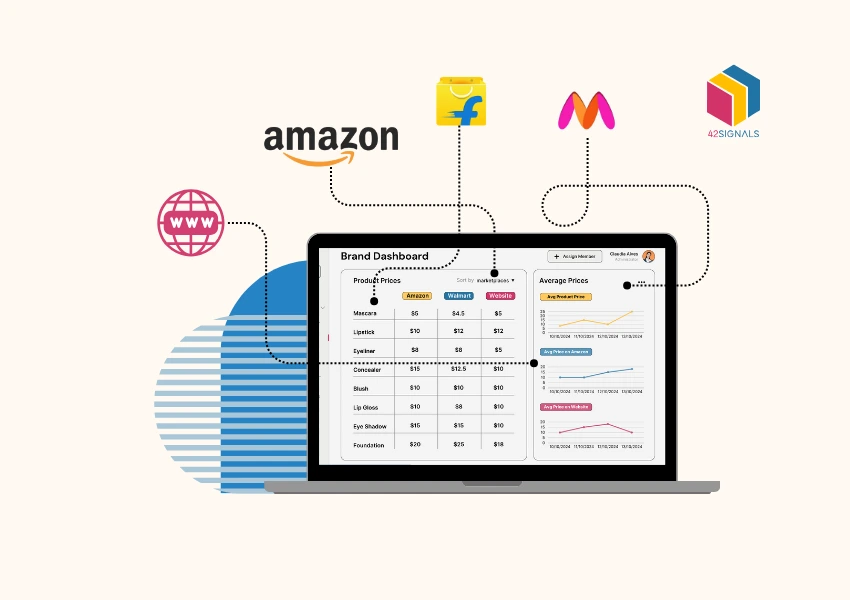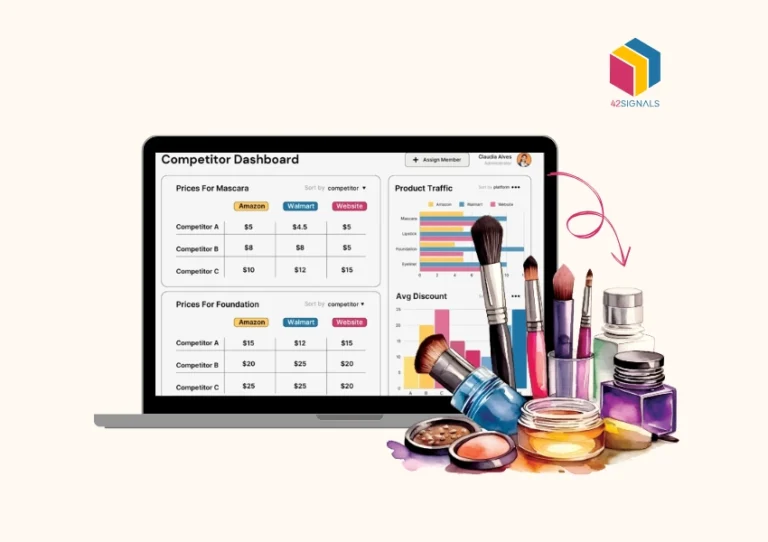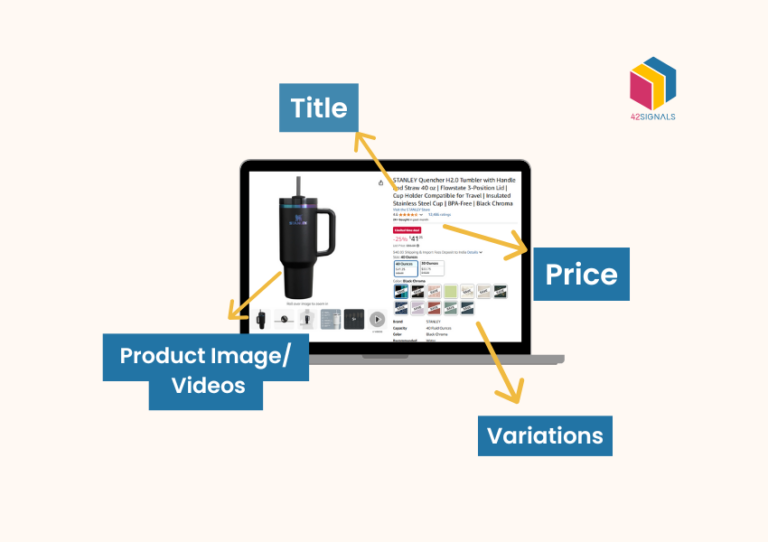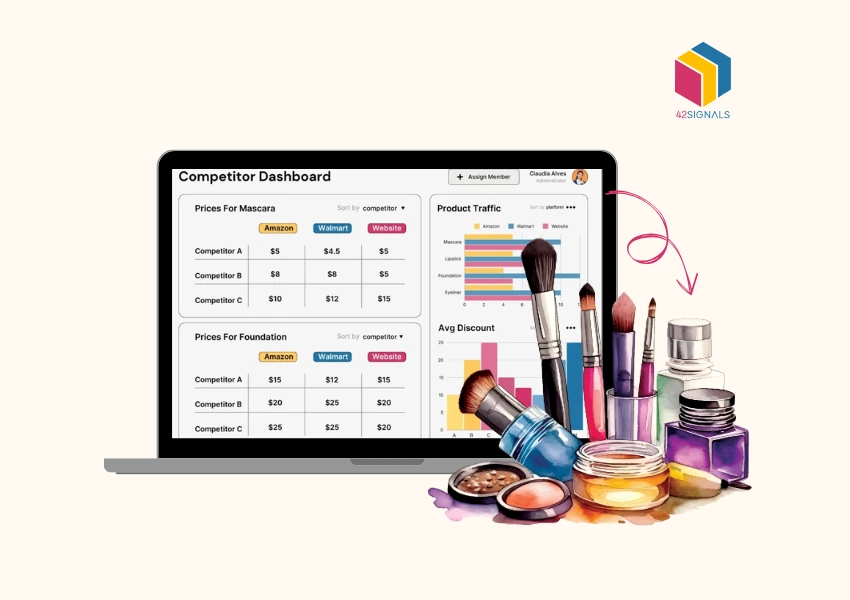Ecommerce scraping has helped several companies with data on travel, hospitality, tech, and much more. Now, it’s also helping brands with ecommerce data to understand price changes on platforms like Amazon or Walmart.
While this process doesn’t have to be manual, automated tools have stepped into the scene helping companies to gather instant insights on competitor pricing, product trends, and customer feedback.
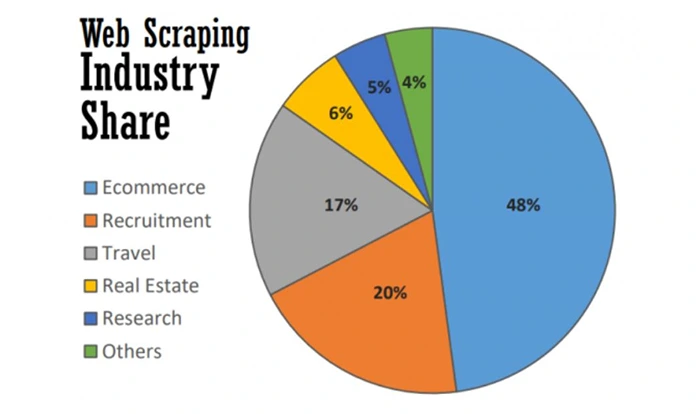
Image Source: AI Multiple
How to Extract Data Using Ecommerce Scraping
1. Custom Scripts
Developers often use Python libraries like BeautifulSoup or Scrapy to build tailored tools. For complex sites, tools like Selenium simulate browser interactions to capture dynamic content. While flexible, these scripts require ongoing updates to counter website changes or anti-scraping measures.
2. User-Friendly Tools
Platforms like PromptCloud or ScrapingBee offer intuitive interfaces for non-coders, automating tasks like pagination and CAPTCHA handling. These services save time by managing infrastructure, letting businesses focus on analysis instead of data collection.
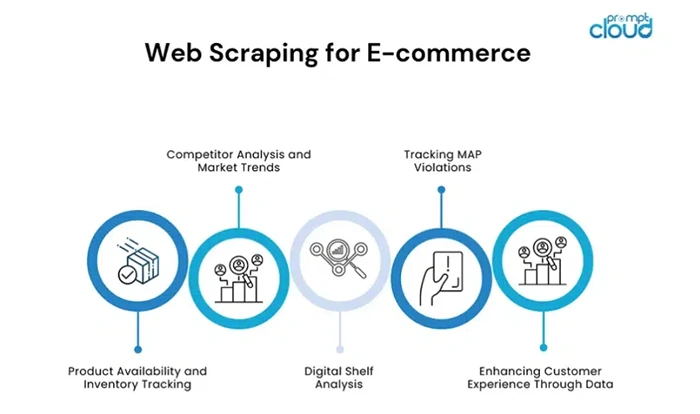
Image Source: PromptCloud
3. APIs
Official APIs from marketplaces like Amazon provide structured data ethically. Though reliable, they may limit access or incur costs, making them ideal for approved use cases.
To effectively capture these rapid changes, scraping methods must be agile and frequent. This could mean scheduling scrapes at regular short intervals or leveraging real-time alerts if the tool provides them.
It’s also important to extract any time-sensitive details (like flash sale prices or limited-time offers) promptly.
For dynamic content (like prices that update via JavaScript or require interacting with the page), using headless browser scraping or specialized APIs may be necessary to ensure the scraper sees the latest data.
In summary, the chosen scraping method should be robust against site changes and capable of handling the fast pace of price updates, so that the collected data truly reflects the current market situation.
What Are The Benefits of Ecommerce Scraping
Systematically collecting data from online marketplaces yields a wealth of actionable insights. Here are some of the key benefits businesses gain from ecommerce price scraping and broader e-commerce data extraction:
Competitive Pricing and Dynamic Strategy
One of the primary advantages is the ability to monitor competitors’ prices in real time. By scraping pricing information from rival sellers, companies can see where they stand in the market and adjust their own prices accordingly.

This practice ensures you remain competitive without blindly undercutting margins. For example, if a competitor drops their price, an alert from your scraper can prompt you to respond immediately.
Consistently analyzing competitor pricing data enables an effective dynamic pricing strategy – a must for modern online sellers – where your prices adjust based on real-time market demand and competition
Competitive Intelligence and Strategy Optimization
Ecommerce scraping serves as a form of ongoing competitive intelligence. Businesses can keep an eye on new entrants to the market, catalog changes, and competitors’ promotional activities.
For example, you might scrape information on competitors’ product descriptions, keywords, and customer ratings. Noticing that a competitor frequently runs promotions or has certain products perpetually discounted can influence your own marketing strategy.
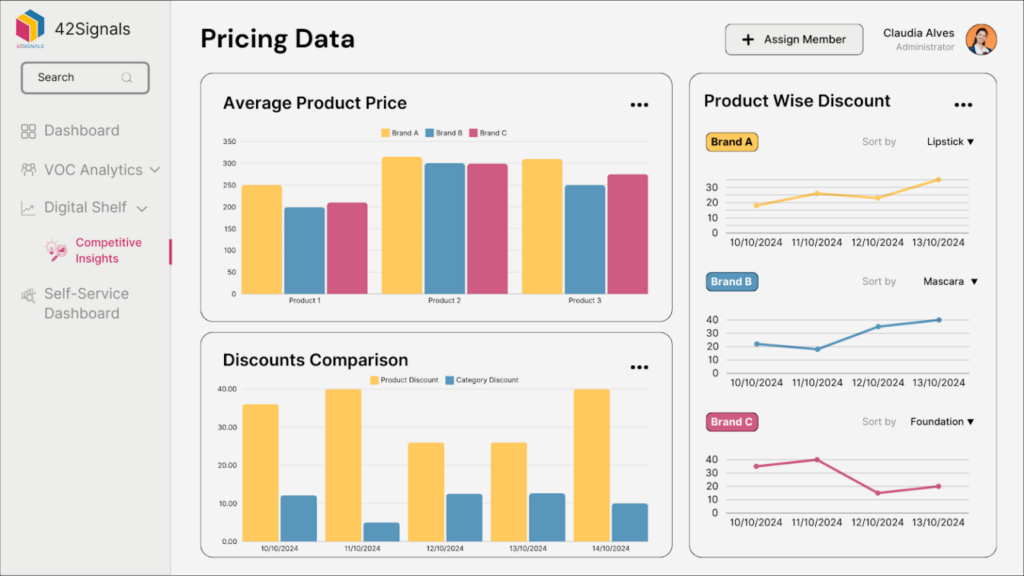
Competitive data extraction also uncovers patterns that might not be obvious at first glance – for instance, one retailer might consistently lower prices on Thursday evenings, or another might bundle products when a certain item goes out of stock.
By identifying these tactics through data, you can respond with informed strategies (such as timing your own sales or highlighting your value proposition).
In essence, scraping equips businesses with a magnifying glass on the competition’s moves, allowing proactive strategy adjustments. This intelligence helps companies not only react to the market but also anticipate competitor behavior.
Informed Decision-Making and Business Optimization
The ultimate benefit of ecommerce scraping is improved decision-making across the business. When key metrics from online marketplaces are available in a consolidated, analyzable form, managers can make evidence-based decisions rather than relying on gut feeling.
Pricing decisions, for instance, can be backed by hard data on competitor prices and stock levels. Marketing and product decisions also improve – if scraped customer review data indicates a common complaint about a feature in rival products, a manufacturer can emphasize a solution to that in their product or advertising.
Moreover, data on which products are frequently out-of-stock on competitor sites can signal an opportunity for your business to capture unmet demand. Web data extraction thus feeds into business intelligence systems, turning raw market data into dashboards and reports that guide strategy.
Recommended Tools for Ecommerce Scraping
While it’s possible to build custom scrapers in-house, many companies opt for dedicated solutions to streamline the process of ecommerce scraping.
A variety of tools exist, from open-source frameworks to full-fledged enterprise platforms, that help automate data extraction and analysis.
One highly recommended tool in this domain is 42Signals, an e-commerce analytics platform specifically designed to extract and turn marketplace data into actionable insights.
42Signals – A Comprehensive Ecommerce Scraping Solution
42Signals stands out as a powerful tool for ecommerce price scraping and market intelligence. It automates the collection of data from major online marketplaces and then provides user-friendly dashboards and analytics on top of that data.

For example, 42Signals offers customizable dashboards to track key performance indicators like “price position,” which compares your product’s price against the market average
This means you can instantly see if you are priced above or below the competition.
The platform supports cross-marketplace coverage – allowing businesses to monitor prices, product listings, and competitors on sites ranging from Amazon and Walmart to niche e-commerce platforms – all in one place.
In addition to price tracking, 42Signals includes features for stock monitoring and compliance. It can alert you to changes in product availability (so you know if a competitor runs out of stock) and flag MAP (Minimum Advertised Price) violations by unauthorized sellers that might undercut your pricing guidelines.
Conclusion
Ecommerce scraping has emerged as a vital component of modern business intelligence for any company operating in the online retail space. In this article, we discussed how scraping data from online marketplaces empowers businesses with timely and granular information that would be impossible to gather manually.
By employing methods ranging from custom scripts to advanced tools and APIs, companies can harvest pricing data, product details, and consumer feedback at scale. Handling dynamic pricing effectively through these methods allows businesses to keep pace with rapid market changes and refine their strategies on the fly.
The benefits of this approach are substantial: organizations can optimize their pricing for maximum profitability, keep a constant watch on competitors’ moves, detect market trends early, and make informed decisions backed by evidence.

Tools like 42Signals further demonstrate the potential of ecommerce scraping by not only collecting data but also converting it into meaningful dashboards and alerts, thereby providing actionable insights from online marketplaces directly to decision-makers
Sign up for a free trial today!
